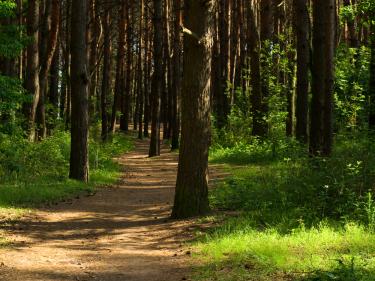Why Would I Be Interested in A Current Use Program?
Your woods offer the world so much, from cleaner air to vital resources. But unfortunately, your woods aren’t taxed according to what they offer here and now.
Property taxes are usually based on the land’s potential value if it were developed for commercial or residential use. Because the benefits woodlands provide often don’t generate regular income, this kind of taxation can put significant financial strain on woodland owners—sometimes forcing them to develop or sell their land.
That’s where current use programs come in. Current use programs appraise the land according to how it’s currently used, not according to its potential value. Landowners who sign up for current use programs and comply with program requirements are then taxed at a lower “current use” rate.
What does that mean for you? It means that participating in a current use program could save you a great deal on your property taxes—in some cases, as much as 80 to 90 percent. It could also help you avoid selling or developing your land if the burden of owning your land gets too high.
Local communities benefit from current use programs too. They gain the chance to protect natural resources and scenic, agricultural, or forest lands at no cost, because states reimburse their municipalities for the tax revenue they “lose” when landowners enroll in current use programs.
What’s the catch? Current use programs require a level of commitment that may not be right for every landowner. It’s important that you research and consider the rules of your state’s current use program before you take the plunge.
How can I get more tips?
It’s simple! Enter your email below.

